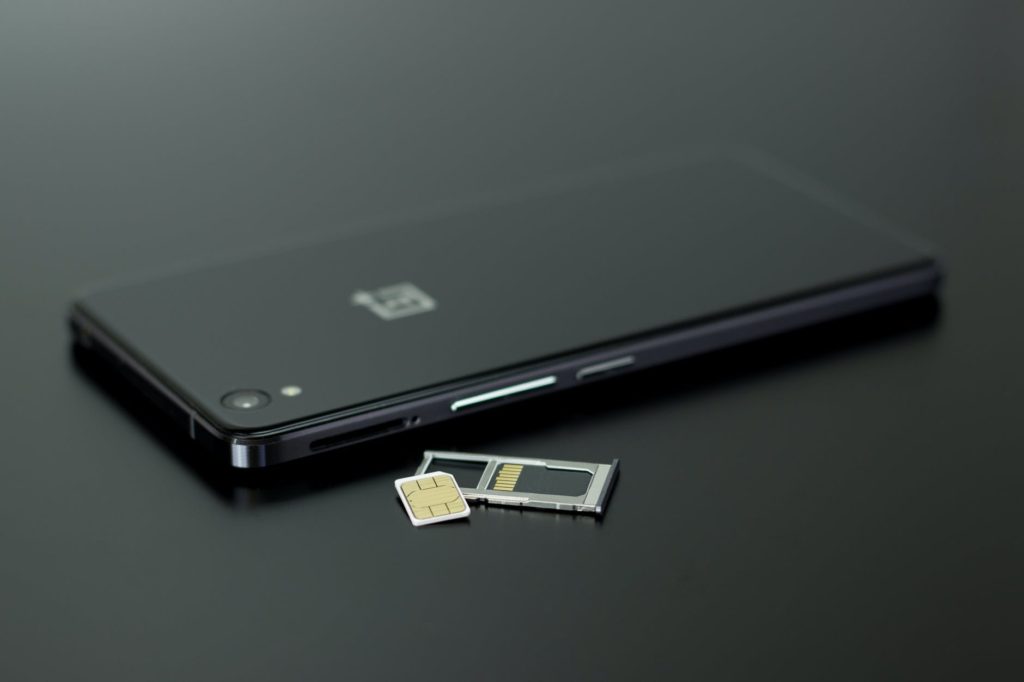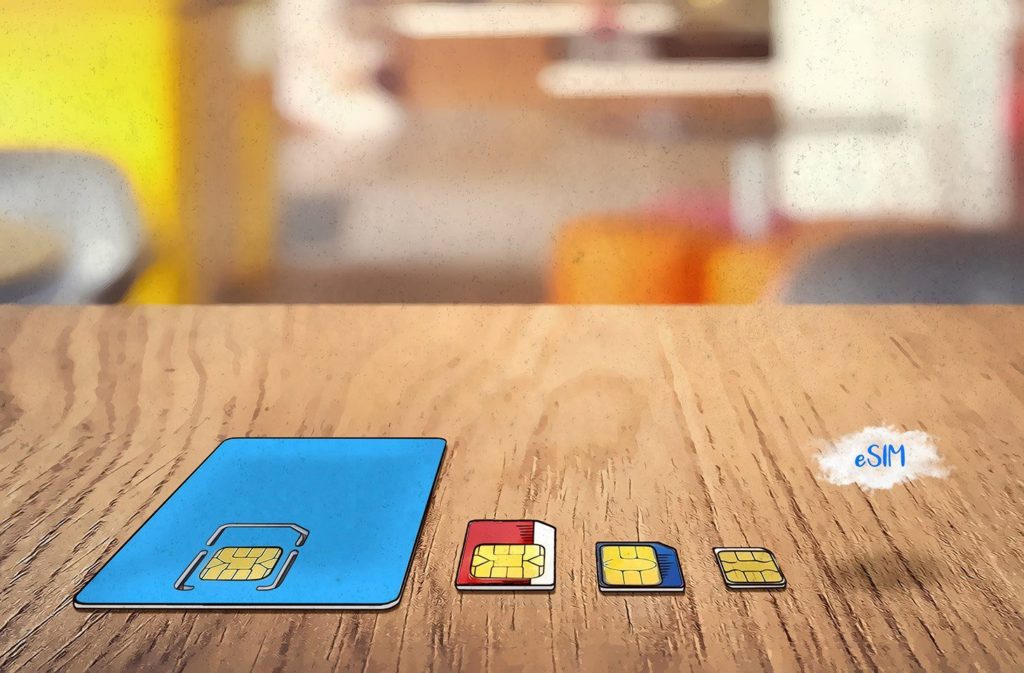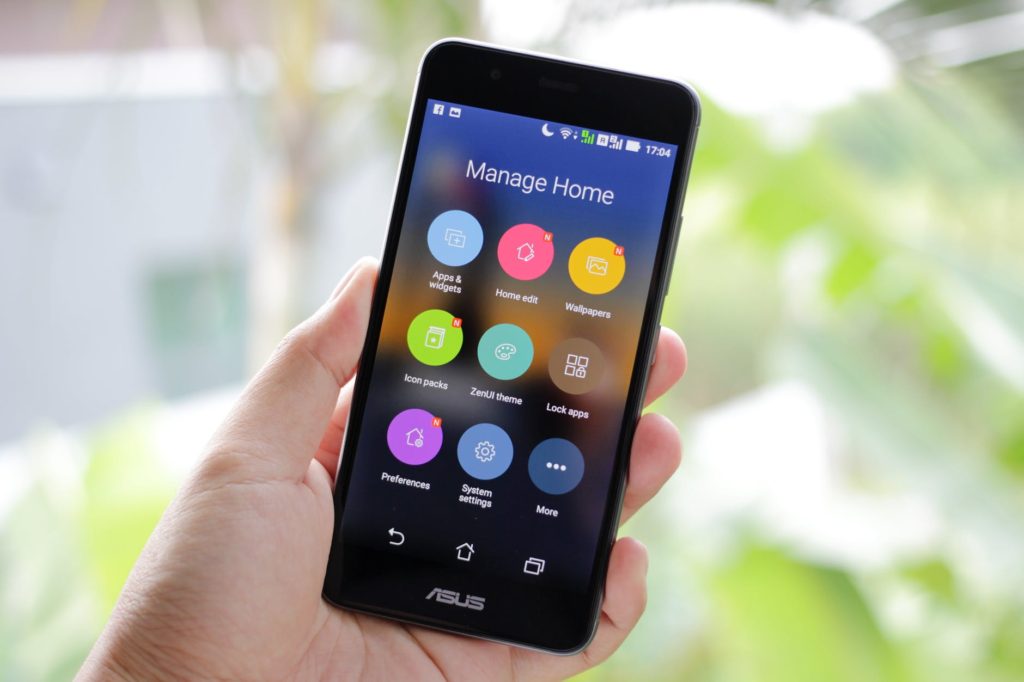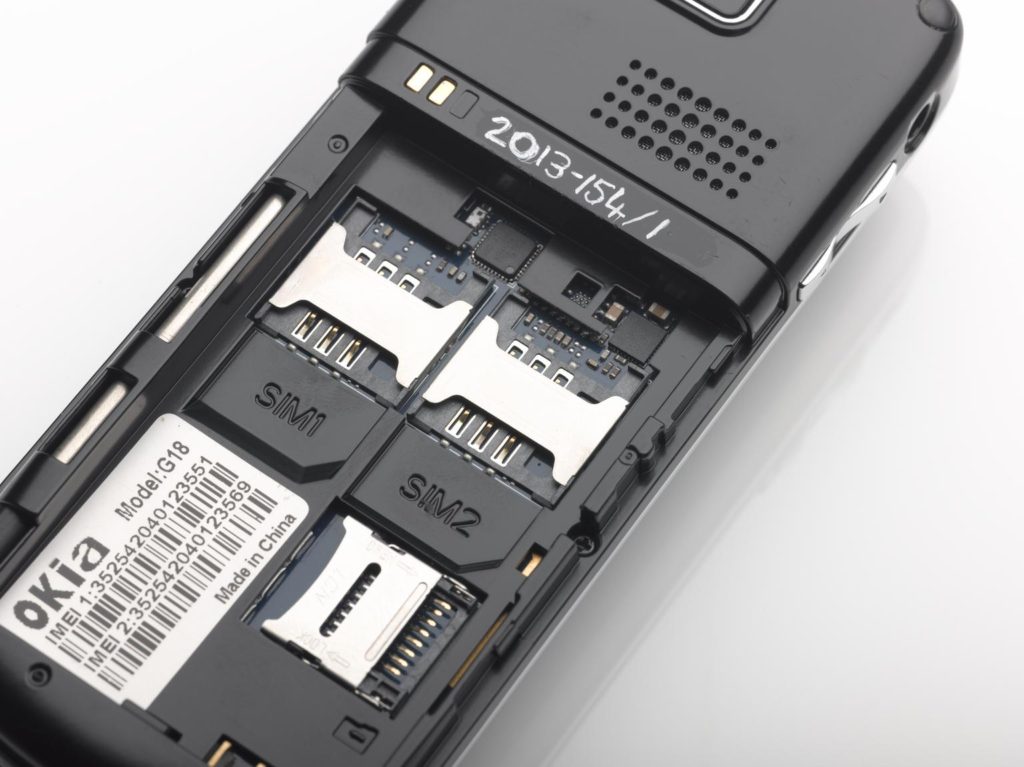
The simple answer to the question that we posted above is, yes. SIM cards are going to be reusable, that being said, this does not mean that you’re going to be able to take a SIM card from any phone, stick in another one and it’s going to work perfectly. Why is that? So they aren’t reusable after all? As is the case with many things when it comes to cell phones and wireless service in general there are certain conditions that need to be met in order to ensure that you’ll be able to remove a SIM card from one phone and put it in another.
With the arrival of eSIM technology this question about SIM cards being reusable may certainly become a bit irrelevant. However, there are plenty of places across the globe where it does seem like regular SIM cards are going to be in use for a while still. Also, the process of switching phones when you have an eSIM running the device can be a bit more complex in a certain way than the traditional simple SIM switch that many people have essentially grown up with. We want to cover all of the things that you need to know to ensure that your SIM card will be reusable. At the same time we are going to talk about what the process tends to look like with an eSIM. Here are the topics that we’ll be covering today.
- Are SIM Cards Reusable – Conditions That Must Be Met
- Is It Worth It To Cut A SIM Card To Make It Reusable?
- Are SIM Cards Reusable – The Locked Phone Issue
- Using A SIM Card & An eSIM On The Same Phone
- Are SIM Cards Reusable – eSIM Changes What You Need To Know
- Should You Replace A SIM Card At Some Point?
Are SIM Cards Reusable – Conditions That Must Be Met

The first thing that you want to account for when you’re going to make a SIM switch and have yes to the question are SIM cards reusable is that the new device that you insert the card in can read those particular SIM cards. There are different sizes of SIM cards out there. Not all phones are going to be able to read cards from all different sizes. These days some phones actually feature different SIM ports that are going to allow you to insert cards from different sizes. The other option that you’re going to have is to use an adaptor device. That only works though if you want to scale the card upward.
What we mean by that is that the card slot that you want to fit your SIM in is larger than your actual card. When that’s the case then you can use one of these to get the card to fit in the right slot. The thing with adapters is that SIM cards have actually gotten smaller, not larger. So really most of the compatibility issues that we see requiere that the card be downsized. Nowadays some service providers have a removable adapter to help people downsize the card, and then potentially bring it back to its full size. The final option though to make a SIM card reusable if the phone requires a smaller SIM card is to outright cut the card to make it fit.
Is It Worth It To Cut A SIM Card To Make It Reusable?

At this point in time with credit cards we’re more aware of the fact the plastic part of the card isn’t really what’s relevant anymore. There are still cards that can be swiped and therefore you do need the black stripe at the back that operates almost as a barcode to do that. These days though you only need to get the microchip part of the card near the reader on the device that they use to charge you with and that’s going to be enough for the payment to go through. The same thing has happened with SIM cards for years now. The only thing that is actually “valuable” from the card is the microchip part that the phone has to constantly be able to read. That means that you can trim a card to make it fit into a SIM card reader.
The obvious issue with downsizing a card, particularly if you do it manually is that there’s essentially no turning back. Yes, you could use one of those adapters that we talked about, but the cut would have to be perfect in order to ensure that you’re downsizing the card to the exact size that the phone needs. Also, you need to make sure that in this process you don’t cut any part of the microchip that serves as the portion of the SIM card that needs to be read. Is all of this worth it? It’s hard to say, if you have no other option and you need the coverage then go for it. If you have other options on the table the risk of data loss may very well be too great.
Are SIM Cards Reusable – The Locked Phone Issue
Another issue that you’re going to have to contend with if you want to be able to reuse a SIM card is to make sure that the phone that you’re going to use the card on is unlocked. This can be an issue even with SIM cards from the same service provider. The phone may be completely locked to a particular number or card or whatever it may be. If the SIM card that you want to reuse is from another service provider from the one that the phone was originally activated with, the phone definitely needs to be unlocked to be able to read the reused SIM card.
We’ve talked about this issue multiple times on the site already. What we want to say is that you can get the phone unlocked at your regular service provider if you’ve already paid the phone up. If you’re still paying rental or leasing fees if you will on that phone your service provider is not going to help you unlock it. What you can do is try one of the multiple unlocking methods that are available out there. The best advice that we can give may be to check out one of our articles on the subject. Another thing that you can do is type the model of your phone on Google followed by unlock. There’s a good chance that you’ll find a video on how to effectively get this done.
Using A SIM Card & An eSIM On The Same Phone

Most phones that can read and run eSIM technology still have a regular SIM port. This may be a dying trend, and yet maybe not. It’s understood that eSIM technology is going to be the way of the future, and regular SIM cards are going to die out. However, the wireless service landscape across the globe is uneven so there may be countries that will continue to use regular SIM cards to provide wireless service to their users. You have countries in Africa where you can struggle to find 2 or 3G local coverage if you’re really lucky. Meanwhile in Japan and South Korea you could very well access a 6G network.
To use an eSIM and a regular SIM card together all that you need to have is an unlocked phone and a SIM card that is compatible with the port that the phone features. Once you get those two things down you’re pretty much set. From there you’re going to be able to control which SIM card is giving you the active coverage from your settings. If you’re on a trip abroad you’re usually going to want to make sure that the SIM card that is providing the active service is the one that you bought locally. While you keep the one that provides service for you in your home country in a dormant status. This to ensure that you don’t get hit with roaming fees.
Are SIM Cards Reusable – eSIM Changes What You Need To Know
As things stand there’s an argument to be made that changing eSIM cards is actually much more difficult to be able to do than the traditional SIM switch. In fact, some eSIM cards are effectively not reusable. You would have to call or go to your wireless service store and have them send you a QR code so that you can activate the SIM card on your new phone. The problem with that is that the process for switching back can be more of an issue. You would again have to contact the wireless service company. This can actually be a real problem if you’re still paying your current phone to the wireless service company.
The good part though about making a SIM switch with eSIM cards is that virtually all of the data that you have on the SIM can be transferred. Of course, the things that we keep on a SIM card nowadays are virtually nothing compared to what a SIM card was to a phone even some 10 or 15 years ago. Without apps a SIM card was virtually the lifeblood of a phone. If you lost the SIM card you weren’t able to regain your phone number even. Of course this changed in later generations, but at this point a lot of the things that you’re going to be able to do with an eSIM card are still tied down to your wireless service provider.
Should You Replace A SIM Card At Some Point?

There’s actually an argument to be made that eSIM cards can go through a similar process. Granted, for the most part, with eSIM cards that go bad it’s some type of configuration issue. With regular SIM cards it’s usually going to be a problem with the actual card. So that’s why it’s really important that if you ever remove a SIM card you store it in a safe spot where you know it’s not going to get scratched. The main issue that people report when they know that their SIM card is going bad is that dreaded no SIM issue. What happens is that your phone will have more and more trouble reading the card and show the “No SIM” error when the card is in fact correctly inserted in the phone.
With regular SIM cards you can potentially look to solve the issue on your own first. What you would need to do is remove the SIM card and then clean it thoroughly with some type of cotton swab. Some people may even recommend using alcohol. If you use too much though it can have the opposite effect. Cleaning that microchip area though may very well solve the issue. If not, just contact your service provider. With eSIM issues, you really can’t do much. All that you’re going to be able to do is contact your service provider and get them to help out.
Are SIM Cards Reusable Conclusion
We said this at the very beginning of the article SIM cards are reusable. You just need to make sure that you follow the checklist of things to complete to be able to reuse the card. Is the new phone that you want to insert the card in compatible with that size card? Maybe the issue is that the phone that you’re trying to use is not unlocked. Another thing that we want to address that for some reason we didn’t really cover here is that with regular SIM cards you can experience some data loss when you make the switch.
A lot of times even when you seemingly do everything right some data gets corrupted in the switch. What we have to say about that really is that you want to be very careful when making switches regardless of the reason why you’re making the switch. Ideally you’ll have your data backed up somewhere else or saved on the phone. With some many data storage options these days it doesn’t seem to make a lot of sense to store anything directly on the SIM card.